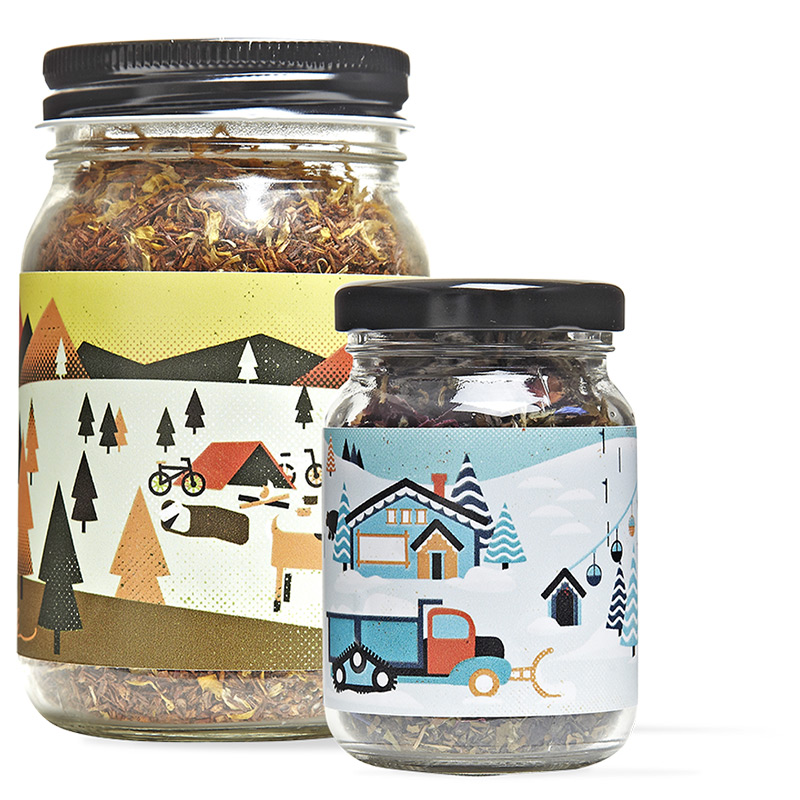Innovative Examples of Composite Packaging Solutions for Sustainable Product Delivery and Protection
Examples of Composite Packaging A Sustainable Solution for Modern Needs
In today’s fast-paced and environmentally-conscious world, packaging plays a crucial role not only in product protection but also in sustainability. Composite packaging, which combines different materials to create a more functional and effective solution, has gained significant popularity due to its versatility and eco-friendly potential. This article explores various examples of composite packaging, highlighting its advantages and applications in different industries.
What is Composite Packaging?
Composite packaging refers to the use of multiple materials in a single packaging solution to enhance performance. Typically, these materials may include paper, plastic, metal, and glass, each contributing unique properties. The combination of materials allows manufacturers to maximize product protection, improve convenience, and reduce waste. This innovative approach addresses the growing demand for sustainable packaging solutions without compromising on quality or performance.
Examples of Composite Packaging
1. Food and Beverage Industry
One of the most common applications of composite packaging is in the food and beverage sector. For instance, Tetra Pak cartons are an excellent example of composite packaging. These cartons consist of layers of paperboard, aluminum foil, and plastic. The paperboard provides structural support, the aluminum acts as a barrier to light and air, and the plastic layer ensures the carton is leak-proof. This combination not only extends the shelf life of beverages like juices and milk but also makes the packaging lightweight and easy to transport, thus reducing carbon emissions during distribution.
2. Cosmetics and Personal Care
In the cosmetics industry, composite materials are used to create attractive and functional packaging. An example is the use of laminated tubes for creams and ointments. These tubes often consist of layers of plastic and aluminum, which protect sensitive formulations from light and air, preventing degradation. Additionally, the aesthetic appeal of composite tubes can enhance the branding of personal care products, capturing consumers' attention on store shelves.
composite packaging examples

3. Electronics and Consumer Goods
Composite packaging is also crucial in the electronics sector, where product protection is paramount. For instance, many electronic components are shipped in anti-static bags made of polyethylene and metallic layers. The combination of these materials provides protection against electromagnetic interference while being lightweight and cost-effective. Furthermore, composite packaging can include shock-absorbing materials that safeguard delicate items during transportation, ensuring they arrive at their destination intact.
4. Medical Devices
In the medical field, composite packaging is essential for maintaining the integrity of sterile products. Medical devices and surgical tools are often packaged in pouches made of films that consist of layers of plastic and foil. This combination provides a barrier against moisture and contaminants, ensuring that the items remain sterile until use. Composite packaging not only enhances safety but also meets strict regulatory requirements for medical products.
Advantages of Composite Packaging
The benefits of composite packaging are manifold. First, it significantly reduces the overall weight of the packaging, leading to lower shipping costs and reduced environmental impact. Additionally, composite materials can enhance barrier properties, prolonging the shelf life of products and minimizing food waste. The aesthetic versatility of composite packaging allows brands to create visually appealing designs that resonate with consumers, thereby improving marketability.
Conclusion
Composite packaging exemplifies the ingenuity of modern packaging solutions, offering a sustainable and efficient alternative to traditional packaging methods. With its diverse applications across various industries, composite packaging not only meets the demands of consumers for quality and convenience but also aligns with the growing emphasis on sustainability. As industries continue to innovate and evolve, composite packaging is likely to play an even more significant role in the future of packaging, balancing functionality with environmental responsibility.
-
The Best Uses for Small Trash Bags in Daily LifeNewsJul.01,2025
-
Stylish Reusable Grocery Bags TrendsNewsJul.01,2025
-
Shipping Advantages of Using Bubble Envelopes BulkNewsJul.01,2025
-
How Compostable Mailing Bags Reduce Environmental ImpactNewsJul.01,2025
-
Environmentally - Friendly Bulk Poly MailersNewsJul.01,2025
-
Eco Friendly Custom Laminated Tote BagsNewsJul.01,2025
-
Have the freedom of customizing your custom mailers any way you want! Our dedicated packaging support will help deliver you the mailing experience you need to elevate your shipping experience to the next level! Start making a strong impression on your customers and stand out from your competitors! -
LIYA uses high quality raw materials which directly purchased from large enterprises domestic and overseas such as PetroChina, Sinopec, Sabic, Equate, ExxonMobil, Dow Chemical, Total, and Borouge, ensuring the price advantage and quality of the raw materials. -
LIYA uses high quality raw materials which directly purchased from large enterprises domestic and overseas such as PetroChina, Sinopec, Sabic, Equate, ExxonMobil, Dow Chemical, Total, and Borouge, ensuring the price advantage and quality of the raw materials.
Warning: Undefined array key "ga-feild" in /home/www/wwwroot/HTML/www.exportstart.com/wp-content/plugins/accelerated-mobile-pages/templates/features.php on line 6714





